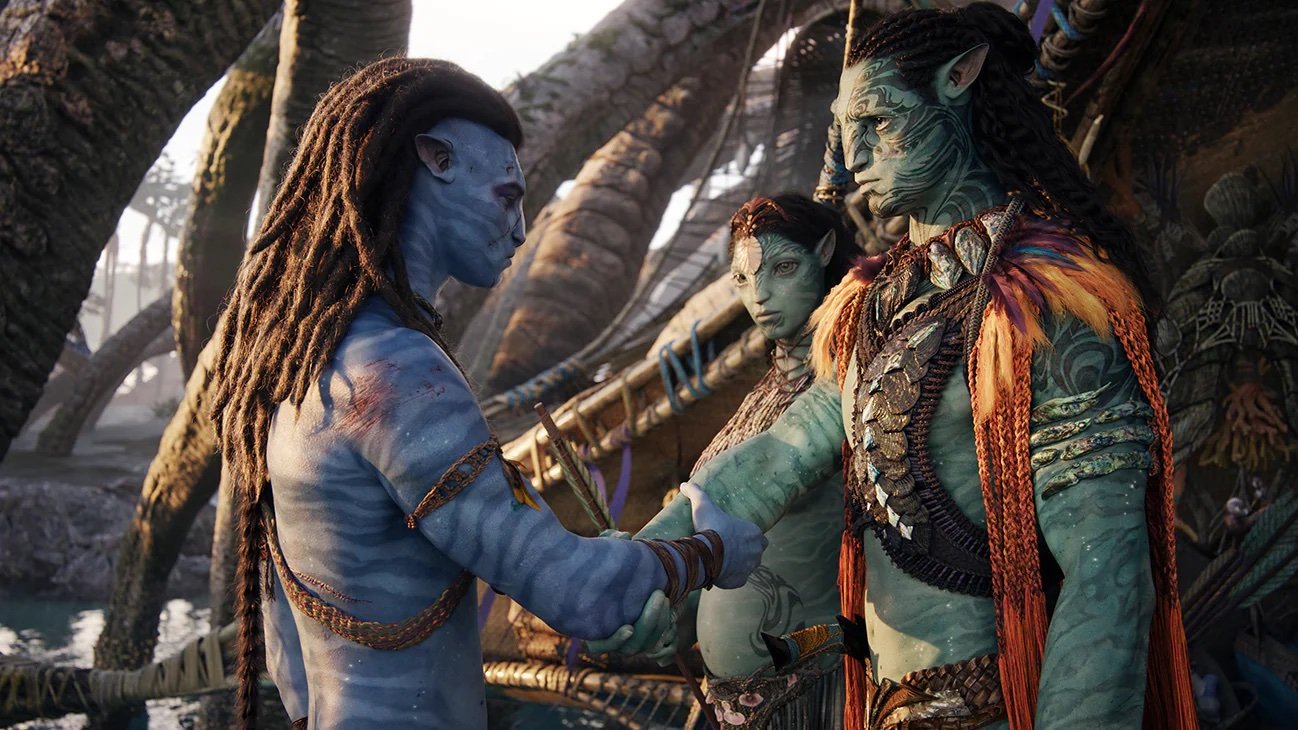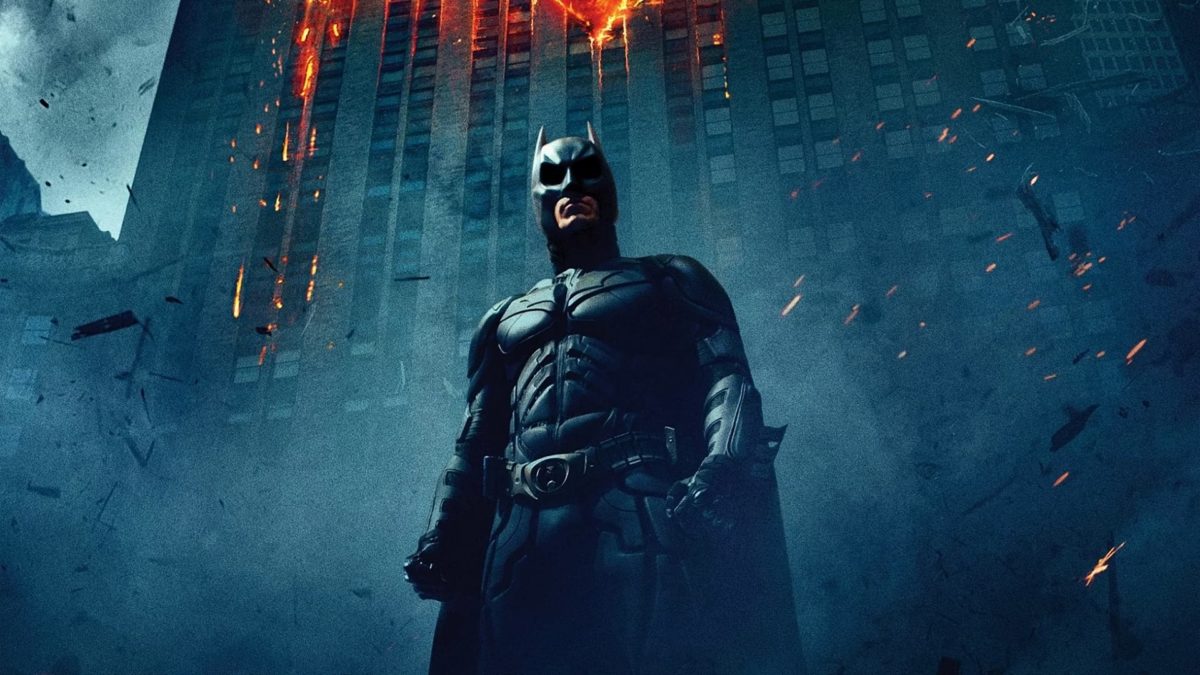Exploring the Long-Awaited Sequel to Pandora’s Wonders
Thirteen years have elapsed since the mesmerizing introduction of Pandora’s enchanting realm in James Cameron’s monumental film, Avatar. Despite its undeniable financial prowess, ranking as the second-highest-grossing film when adjusted for inflation, Avatar’s influence on popular culture has been less substantial. While remnants remain in the form of an immersive Disney theme park attraction and witty parodies, it is the arrival of Avatar: The Way of Water that promises to rekindle our connection to this mesmerizing universe.

A Tranquil Existence Shattered
Jake Sully (Sam Worthington), the human who permanently embraced Na’vi life at the first film’s conclusion, now shares a harmonious life with Neytiri (Zoe Saldaña), raising four children amidst the verdant tapestry of Pandora’s forests. The turmoil once brought by the Sky People has ebbed, and a peaceful coexistence flourishes among the Na’vi. Yet, an unwelcome tide of new Sky People arrives, thrusting Pandora into disarray and posing an unforeseen threat to its inhabitants. These newcomers harbor ambitions of colonizing Pandora as a refuge when Earth’s hospitability wanes, yet their intentions also bear a personal vendetta against Jake Sully.
A Visual Marvel Revisited
The visual splendor that defined the original Avatar is brilliantly reimagined in Avatar: The Way of Water. James Cameron’s unwavering dedication to cutting-edge technology pays dividends, as an ethereal underwater realm unfolds on the screen. The aquatic ecosystem, replete with luminescent creatures that echo the bioluminescence of Pandora’s forests, is a testament to the mystical possibilities of modern filmmaking. However, as awe-inspiring as this spectacle is, the film’s focus on visual grandeur sometimes overshadows its narrative progression, leading it to momentarily tread the path of a Planet Earth Pandora episode.

A Shifting Plot Landscape
While the first installment revolved around the insatiable desire to mine the precious unobtanium, one might expect this central theme to persist in the sequel. Regrettably, Avatar: The Way of Water diverges from this trajectory. The Sky People’s motivations to colonize Pandora are considerably murkier this time, oscillating between making the planet hospitable for Earth’s future and the pursuit of an astronomical fortune derived from an enigmatic substance. Moreover, the film deftly maneuvers toward a high-stakes vendetta against Jake Sully, eclipsing its original thematic framework.
Nostalgia Redefined
Cameron weaves elements of his own cinematic lexicon into Avatar: The Way of Water, fashioning a tapestry interlaced with familiar threads. The film crescendos with a sequence reminiscent of Titanic, while its visceral combat scenes evoke memories of Terminator. This amalgamation of cinematic influences, juxtaposed against Pandora’s aquatic backdrop, offers a fresh yet eerily familiar experience.

The Quest for Depth
The proliferation of extended runtimes, seemingly equated with cinematic importance, is a trend perpetuated by Avatar: The Way of Water. However, this aspiration for depth in duration does not necessarily translate into enriched character development. Despite the expansive canvas, characters lack cohesion with the limited insight we possess into their personalities. They serve as mere pawns in the narrative chessboard, prompting events regardless of their established traits.
The Uncanny Nexus
The resounding success of Avatar’s original installment cannot be easily dismissed as a fleeting trend. The allure may lie in the uncanny valley effect emanating from the Na’vi characters, yet emotional engagement with these digital creations remains elusive. This challenge is amplified in Avatar: The Way of Water, where the proliferation of Avatars further underscores this discord.
An Irresistible Visual Odyssey
Despite its shortcomings, Avatar: The Way of Water will undoubtedly beckon throngs of viewers to its cinematic shores. The visual buffet it presents is impossible to ignore, encapsulating the essence of a wondrous feast for the eyes. Yet, for those yearning for a character-driven narrative, the waters might prove a bit turbulent, leaving them adrift in the sea of spectacle.










